Reviews
Daniel Myrick and Eduardo Sánchez
USA, 1999
Credits
Review by Michael Nordine
Posted on 31 October 2012
Source Artisan Entertainment DVD
Categories 31 Days of Horror IX
I’m scared to close my eyes… I’m scared to open them.
I did not see The Blair Witch Project upon its original theatrical release. I was not there to get swept up in its viral marketing phase, did not speculate as to whether or not it was “real,” and frankly only heard of it in passing—which suited me just fine. My mother and stepfather saw it opening night and, when telling me about it the next morning, said that their screening was so crowded that attendees were clamoring over each other to sit in the aisles. The movie was an event in a way that fewer and fewer are these days, and it’s one I regret having missed.
By the time I caught up with it some three or four years later, I felt in-the-know enough to be confident that it was indeed fake—or, at most, a reenactment of genuine occurrences. These events may or may not have happened, I was either led to or made the conscious decision to believe, but what I was watching was no more than a retelling. No, my stepdad told me: this is the real thing. Old enough to be skeptical but young enough to fall for it, I went along with it. “Those poor people,” my stepdad said at a few choice moments while almost certainly holding back laughter; I wordlessly agreed as I looked on in horror.
It’s still a point of contention well over a decade later, but let it be known: The Blair Witch Project is scary. Really scary. That much of my initial horror came as a result of believing in its authenticity would appear to have dampened this, but in certain key ways the effect lingers even more now. Daniel Myrick and Eduardo Sanchez’s production is as impressive when considered from afar as the final product is frightening in the moment, which is to say that it works just as well after learning everything about it as it does walking in cold.
The story begins, like many a horror film, unassumingly. After some brief onscreen text - In October of 1994, three student filmmakers disappeared in the woods near Burkittsville, Maryland while shooting a documentary… A year later their footage was found - we’re introduced to the trio whose in-progress movie has the same title as the one we’re watching. They then quickly set about questioning members of the community near the witch’s supposed residence, where they’re met with much in the way of apocrypha, hearsay, and secondhand accounts. The lack of any definitive account only makes the myth more unsettling. The implication gleaned from several interviewees is that whatever happened - if anything at all - was so disturbing that the townsfolk collectively decided not to write any of it down, to not leave any record. (They even changed the name of the town.) Of the many men and women they come across, none dismisses the legend outright without also admitting that they never venture into the areas in which these events are said to have occurred. As viewers we don’t yet know it, but our filmmaking team is soon to add to the Blair Witch’s legend. That they do so cinematically is hardly the film’s main thrust, but neither is it incidental:
Josh
I understand why you like this video camera so much.Heather
You do?Josh
It’s not quite reality.
Ditto Blair Witch, though its ability to suspend our disbelief of the contrary is, of course, a key aspect of what makes it so affecting. The irony is that, while looking through a camera makes the goings on more manageable (which is to say, less real) for the characters themselves, it makes them more terrifying for us.
As things progress, our anticipation of what’s to come makes the preceding scenes sad and even frightening by default. The more placid the goings on, the more concentrated the effect. An even larger part of what makes the film so valuable now, just 13 years later, is brought into relief by the techniques of the films it most clearly influenced: the Paranormal Activity series and Cloverfield. Where those movies’ techniques are largely digital - cellphones, webcams, what have you - Blair Witch was made and set just early enough for the ubiquity of such devices to not obviate its plotting. (Conversely, the film’s producers pioneered the first internet-focused viral marketing campaign, doing so at a time when the web was nowhere near as centralized as it is now. There was no Wikipedia, no Facebook—in short, nothing to debunk its self-made myth of being actual footage.) “It’s very hard to get lost in America these days,” one character says. “It’s even harder to stay lost.” That her statement is exponentially truer now than it was when she said it is as strange as it is troubling.
The Blair Witch Project is from the Alien school of horror, which is to say that our fear of what’s happening (and, more importantly, yet to happen) is inversely proportional to how much we actually see. The group’s problems arise, for instance, when they predictably become lost in the woods. The three of them wander in circles, end up in the same locations time and again, and begin fighting among themselves as their morale drops by the hour. These are the film’s least outwardly frightening scenes, and yet they’re also the most desperate: things go south (literally) shortly after they enter the wilderness and never improve. Each step they take brings them further from home and closer to the object of their fear; from there it’s a simple matter of building an immersive enough sonic environment to keep us ensnared: faraway sounds whose source and nature are unknown but which are loud and erratic enough to wake the campers up night after night. “It’s all around us,” the group’s in-over-her-head leader says on the third such occasion. She’s right, of course, but what “it” is has yet to be made entirely clear.
Our own hope that a happy ending is in sight evaporates at roughly the same pace as it does for the characters themselves; by the time that the two remaining would-be filmmakers come across a dilapidated house in the middle of the night, we know just as well as they do that no good can come from entering. This is perhaps the film’s greatest coup: how forcefully it puts us in its characters’ shoes and never lets us out of them. Theirs is an elemental, easily relatable fear, and in thrusting us into their situation the filmmakers force us to consider how unlikely we would be to handle such a scenario any better. What follows in the last few minutes is a lesson in abject terror, and not unlike watching an animal walk into a trap it’s unknowingly set for itself. The handheld footage is at its most unstable, the shrieks of terror at their most blood-curdling and despondent. That we see so little is at once a relief and a shock, as well as the primary reason why the final shot is among the most haunting of all time. “Those poor people” is right.
More 31 Days of Horror IX
-
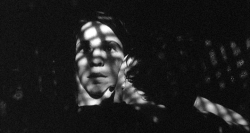
The Addiction
1995 -
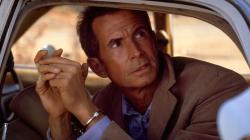
Psycho III
1986 -
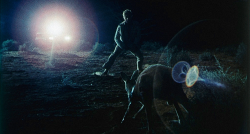
Wake in Fright
1971 -
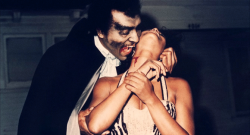
Blacula
1972 -
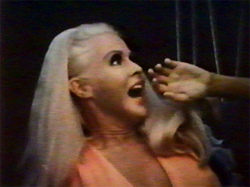
Big Foot
1970 -
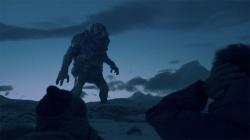
Trollhunter
2010 -
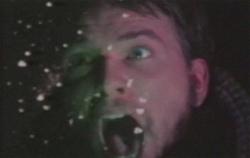
Invasion from Inner Earth
1974 -
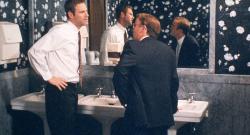
In the Company of Men
1997 -
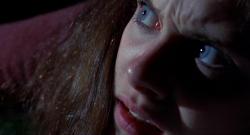
Happy Birthday to Me
1981 -
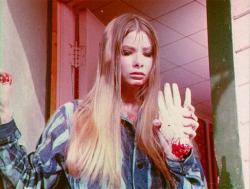
I Drink Your Blood
1970 -
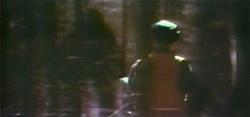
The Legend of Boggy Creek
1972 -
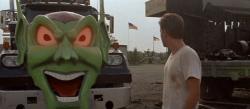
Maximum Overdrive
1986 -
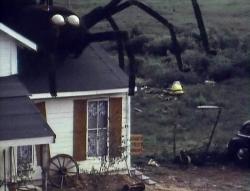
The Giant Spider Invasion
1975 -
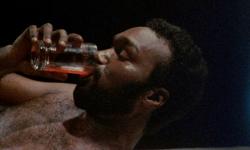
Ganja & Hess
1973 -
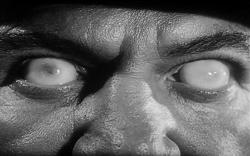
Not of This Earth
1957 -

Let’s Scare Jessica to Death
1971 -
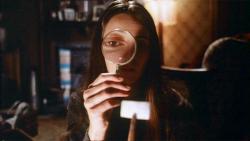
Next of Kin
1982 -
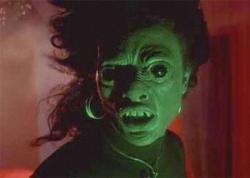
Def by Temptation
1990 -
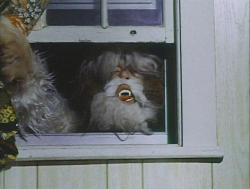
Shriek of the Mutilated
1974 -
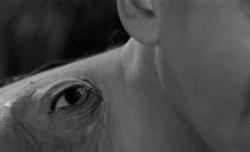
The Manster
1959 -
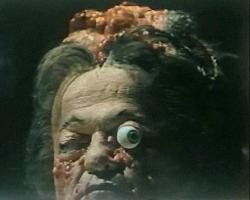
The Alpha Incident
1978 -
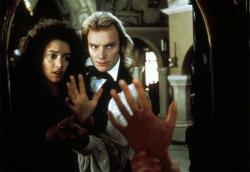
The Bride
1985 -
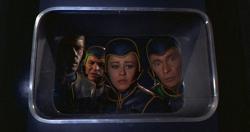
Planet of the Vampires
1965 -

The Hole
2009 -
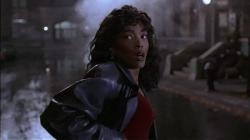
Vampire in Brooklyn
1995 -
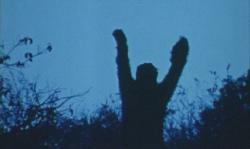
Sasquatch: the Legend of Bigfoot
1977 -
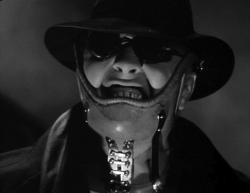
Mad Love
1935 -
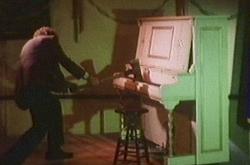
The Demons of Ludlow
1983 -

Habit
1997 -

Elephant
1989 -
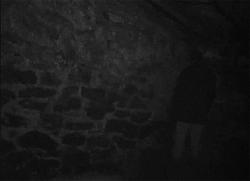
The Blair Witch Project
1999
We don’t do comments anymore, but you may contact us here or find us on Twitter or Facebook.



